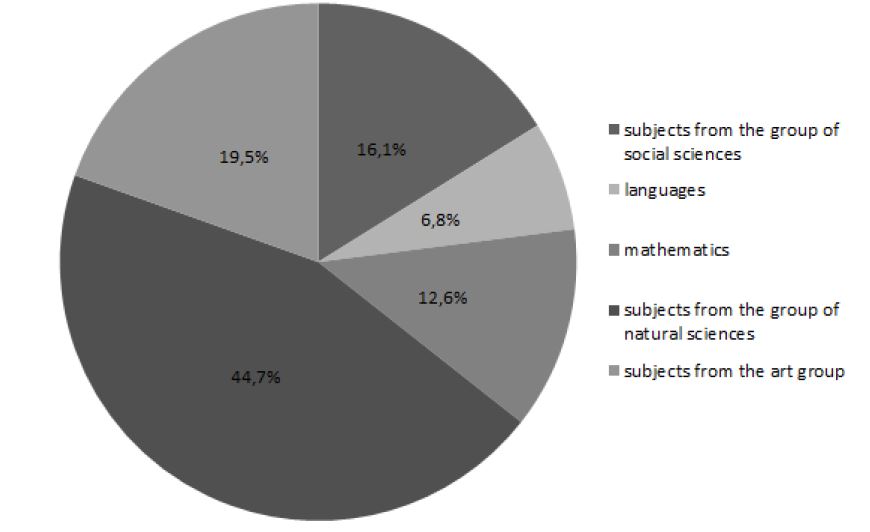
THE CONNECTION BETWEEN MATHEMATICS AND PHYSICS FROM THE ASPECT OF REASONING BASED ON PROPORTIONS AND ERRORS IN THE CONCLUSION
Abstract
Keywords
Full Text:
PDFReferences
Antonijević, R., 2006. Didaktika i metodike, 52 (3-4), 230-241.
Bitner, B. L., 1991. J. Res. Sci. Teach., 28(3), 265-274.
Dirac, P. A. M., 1940. P. Roy. Soc. Edinb. 59, 122-129.
Đorđević, J., 2004. Didaktika i metodike, 50 (9-10), 734-758.
Greca, I. M., Moreira, M. A., 2002. Sci. Educ. 86(1), 106-121.
Greca, I. M., de Ataíde, A. R. P., 2017. The influence of epistemic views about the relationship between physics and mathematics in understanding physics concepts and problem solving. In Key Competences in Physics Teaching and Learning (pp. 55-64). Springer International Publishing.
Han, J., 2013. Scientific reasoning: Research, development, and assessment, Doctoral dissertation, The Ohio State University.
Jensen, J. H., Niss, M., Jankvist, U. T., 2017. Inter. J. Math. Educ. Sci. Technol. 48(1), 1-15.
Johnson-Laird, P. N., Byrne, R. M., Schaeken, W., 1992. Psychol. Rev. 99(3), 418.
Lamon, S. J., 1993. J. Res. Math. Educ. 24(1), 41-61.
Meltzer, D. E., 2002. Am. J. Phys. 70(12), 1259-1268.
Paas, F., Tuovinen, J. E., Van Merrienboer, J. J., Darabi, A. A., 2005. ETRD&D-Educ. Tech. Res. 53 (3), 25-34.
Pešić, J., 2007. Psihologija, 40(2), 173-190.
Rips, L. J., 1983. Psychol. Rev. 90(1), 38.
Stepanović, I. Ž., 2004. Psihologija, 37(3), 311-334.
Uhden, O., Pospiech, G., 2010. GIREP, 102-106.
Valanides, N. C., 1996. Sch. Sci. Math. 96(2), 99-107.
Županec, V., Radulović, B., Pribićević, T., Miljanović, T., Zdravković, V., 2018. J. Balt. Sci. Educ. 17(1), 162-176.
Refbacks
- There are currently no refbacks.
ISSN 0354-4656 (print)
ISSN 2406-0879 (online)